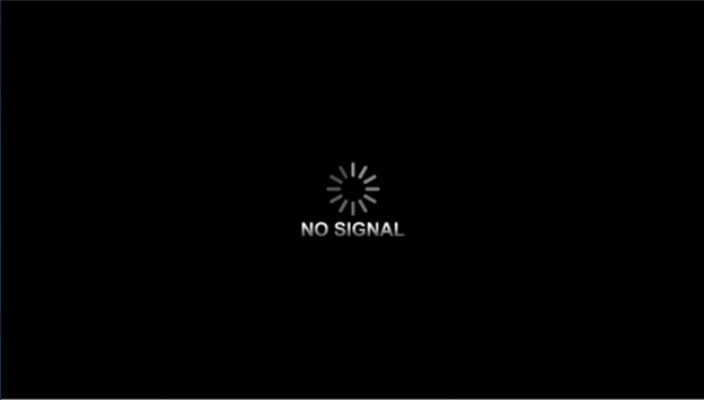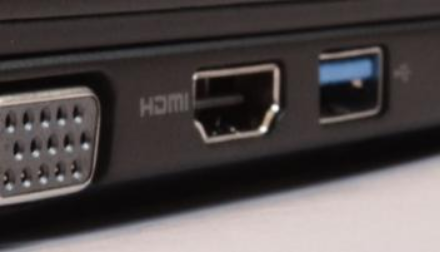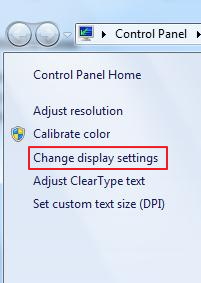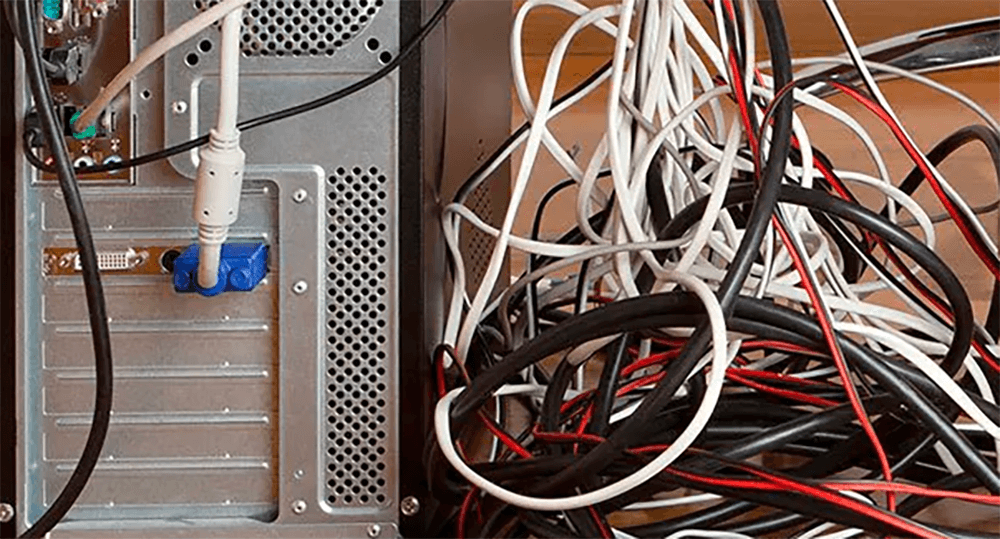Is your computer showing a blank screen and a message that says “No Signal”. This can be a very frustrating issue but don’t worry, in this article, we’ll walk you through the steps to troubleshoot and fix the “No Signal” problem on your monitor.
What Does “No Signal” Mean?
Before we go into the troubleshooting steps, let’s first understand what “No Signal” means. This message appears on your monitor when it is not receiving a signal from your computer. This can happen for a variety of reasons, such as a loose cable connection, a faulty graphics card, or a problem with your computer’s settings.
Troubleshooting No Signal on Monitor

If you’re experiencing the “No Signal” issue on your monitor, here are some steps you can take to troubleshoot and fix the problem.
Check your Cable Connections
The first thing you should do is check all the cable connections between your computer and your monitor. Make sure that the cables are securely plugged in and that there are no loose connections. If you’re using an HDMI cable, try unplugging it and plugging it back in to ensure a secure connection.
Test with a Different Cable
If you’re using an HDMI cable and the “No Signal” issue persists, try using a different cable. Sometimes, cables can become damaged or faulty, causing the signal to be lost. If you don’t have a spare cable, you can also try using a different type of cable, such as a VGA or DVI cable, to see if that resolves the issue.
Check Your Monitor’s Input Source
If you have multiple input sources on your monitor, such as HDMI, VGA, and DVI, make sure that the correct input source is selected. You can usually change the input source by pressing a button on your monitor or using the menu options on your monitor’s display.
Restart Your Computer
Sometimes, a simple restart can fix the “No Signal” issue. Try restarting your computer and see if the problem persists. If it does, move on to the next step.
Check Your Graphics Card
If you have run through all the above steps and the “No Signal” issue persists, the problem may lie with your computer’s graphics card. Check to make sure that your graphics card is properly connected and that there are no loose connections. If you have a spare graphics card, you can also try swapping it out to see if that resolves the issue.
Update Your Drivers
Outdated or faulty drivers can also cause the “No Signal” problem. Make sure that your graphics card drivers are up to date by visiting the manufacturer’s website and downloading the latest drivers. You can also use a driver update tool to automatically scan and update your drivers.
Check Your Computer’s Settings
If none of the above steps have resolved the “No Signal” issue, it’s time to check your computer’s settings. Make sure that your computer is set to output to the correct display and that the resolution and refresh rate are set correctly. You can usually access these settings through your computer’s display settings or graphics card control panel.
Try a Different Monitor
If you have access to a different monitor, try connecting it to your computer to see if the “No Signal” issue persists. If the problem is resolved with a different monitor, then the issue lies with your original monitor and it may need to be repaired or replaced.
Preventing Monitor Problems
Now that you’ve successfully fixed the “No Signal” issue on your monitor, here are some tips to help prevent it from happening in the future.
Keep Your Cables Secure
One of the most common causes of the “No Signal” problem is loose cable connections. To prevent this from happening, make sure that all your cables are securely plugged in and that there are no loose connections. You can also use cable ties or clips to keep your cables organized and secure.
Use High-Quality Cables
Using high-quality cables can also help prevent monitor problems. Cheap or faulty cables can cause signal loss and other issues, so it’s worth investing in good quality cables to ensure a reliable connection.
Keep Your Drivers Up to Date
As mentioned earlier, outdated or faulty drivers can cause the “No Signal” issue. Make sure to regularly check for driver updates and keep them up to date to prevent any potential problems.
Clean Your Monitor Regularly
Dust and debris can build up on your monitor over time, which can cause problems with the display. Make sure to regularly clean your monitor with a soft, lint-free cloth to keep it in good working order.
Automatic Driver Updates
Automatic driver update tools offer many benefits, the most important ones being:
- You can update device drivers automatically
- The software scans and updates all outdated or missing drivers at one go
- The tool picks the right drivers for your device and operating system, so you won’t have to worry about installing an incorrect driver by mistake
- Automatic driver updates are 100% safe
Driver Updater is one of the best driver update tools out there. Outbyte Driver Updater will give you access to a database of over 1 million drivers. It will regularly scan your PC, suggesting new driver versions to install. Driver Updater contains drivers for a variety of Windows devices. With just one click, you can update drivers in your system.
Step 1
Click here to Install and launch the app
Step 2
Scan all devices
Step 3
Install or update drivers automatically




Leave a Reply